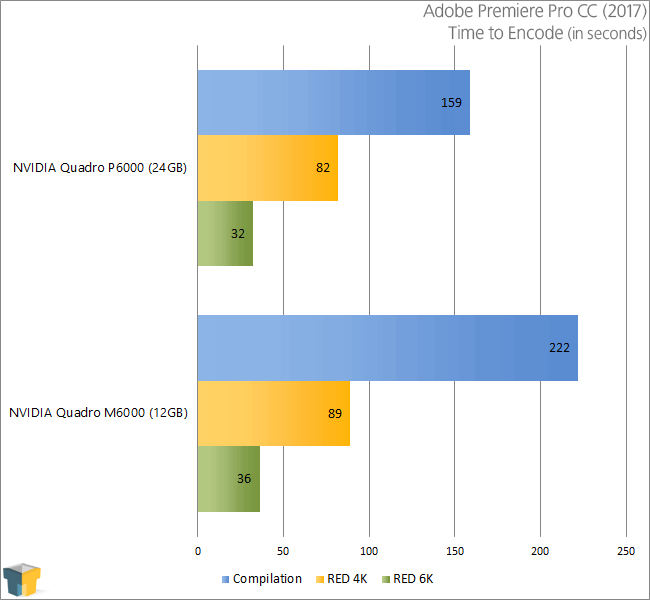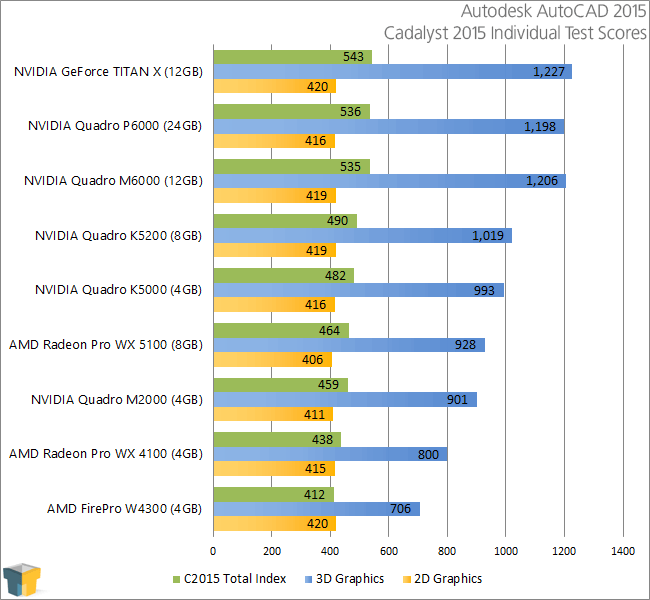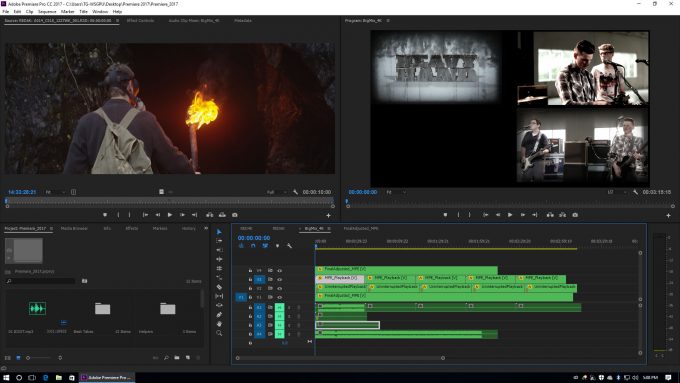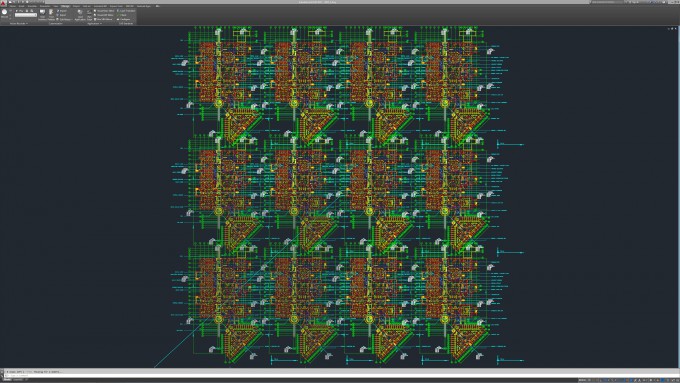- Qualcomm Launches Snapdragon 4 Gen 2 Mobile Platform
- AMD Launches Ryzen PRO 7000 Series Mobile & Desktop Platform
- Intel Launches Sleek Single-Slot Arc Pro A60 Workstation Graphics Card
- NVIDIA Announces Latest Ada Lovelace Additions: GeForce RTX 4060 Ti & RTX 4060
- Maxon Redshift With AMD Radeon GPU Rendering Support Now Available
NVIDIA’s Fastest Graphics Card Ever: A Look At The Quadro P6000

NVIDIA’s latest and greatest-ever workstation graphics card has arrived: Quadro P6000. This top-tier card is built around NVIDIA’s Pascal architecture, which is produced on a 16nm FinFET process. The card boasts an impressive 3,840 CUDA cores, and not to mention 24GB of super-fast GDDR5X. Let’s check it out.
Page 3 – Encoding & CAD: Adobe Premiere Pro CC & Autodesk AutoCAD 2015
Adobe Premiere Pro CC (2017)
To test the accelerated encoding perks of different GPUs, we make use of the de facto video editing tool Adobe Premiere Pro. In the past, we would have included After Effects results, thanks to its ability to tap into CUDA for accelerated rendering of ray traced elements, but recent versions of that app have failed to update support for Maxwell. Instead, Adobe is preferring to target the renderer bundled with PP, Cinema 4D “lite”.
It’s with this testing that I found the P6000 a little “too” powerful, as it simply didn’t exhibit real gains over the M6000, which is silly for a product almost twice as fast. NVIDIA was kind enough to ship over some updated workloads that help a bit with that, including dual RED encodes, and also a megamix of sorts.

With straight-forward video encodes, such as with the RED projects here, the gains are small (8~13%). But when the project grows larger and effects are tossed in, the deltas can increase quite a bit, with the P6000 proving about 40% faster than the M6000.
Autodesk AutoCAD 2015
For CAD testing, we’re taking advantage of the excellent Cadalyst benchmark.

If there’s one target application NVIDIA wouldn’t point its Quadro P6000 towards, it’s AutoCAD, and the results above can help explain why. Here, the M6000 and P6000 are considered equals, even though the 3D performance of the P6000 in most other tests would say otherwise.
Most CAD use is not going to exhibit huge gains on the 3D front. Even the lowbie Quadro M2000 performs admirably here. Higher-end CAD solutions should show much greater performance enhancements. And speaking of, we have SPECviewperf on the following page to help us see proof of that.
Support our efforts! With ad revenue at an all-time low for written websites, we're relying more than ever on reader support to help us continue putting so much effort into this type of content. You can support us by becoming a Patron, or by using our Amazon shopping affiliate links listed through our articles. Thanks for your support!







